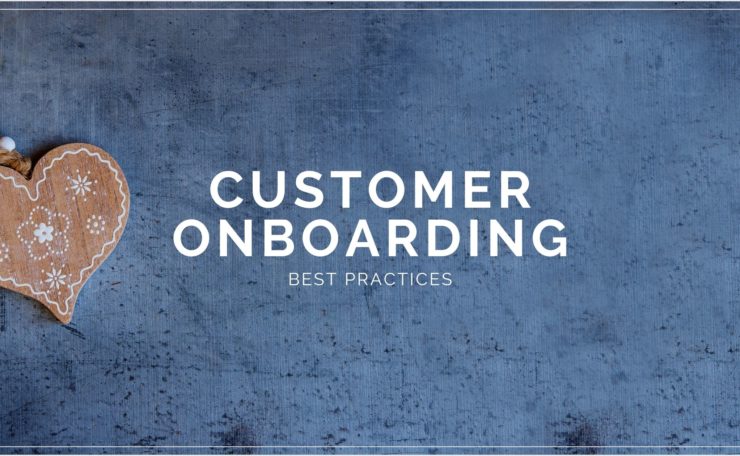The more a user invests in your product, the less likely he/she is to switch to a competitor. One way you can promote this investment is by user-generated content.
The more user generates content, the higher their bonding with the app. And very soon the app is no longer just a product, the app becomes an integral part of their lives.
For example, Facebook accounts Instagram, and LinkedIn profiles.
But there is a catch, in order to encourage the user to start generating the content, the app must be truly appealing to their problems and needs.
Know their preferences
One of the ways to get a glimpse of the user’s needs & preferences is by asking.
You must have seen popular apps do this during the signup process
Netflix or Amazon Prime, asking us to choose “what kind of movies do we like”.
Another example is when we are creating a new Pinterest profile, it asks us to select areas in which we are interested – gardening, photography, etc. so that once we sign into the app, we are immediately shown engaging content.
Data gathering – How much is too much?
Data gathering is a topic of concern for many product owners.
How much of this data is too much? How much of this data is to be asked? when is it to be asked? And how do you even ask that from your user, you know, without feeling too pushy, or God forbid, repulsive?
One of our clients was faced with the same issue, they had a useful app, beautifully positioned in the market, which was indeed solving a real user problem. But their engagement rates were very less and the dropout rates were very, very high.
One of the reasons for this, we found was; when a user created an account with them, they were not immediately shown any engaging content. The catch was that in order for them to show engaging user content, they needed to know what the user preferences are.
This was more of a deadlock, the way they gather this user data was through a long form of 20 to 25 questions spread over seven to nine screens, and the call to action to fill up this was buried somewhere within the app.
We then redesigned the entire flow by following some simple design principles and human psychology. The thinking process behind what we designed for them is we use the 80/20 Pareto principle.
We asked ourselves
What were the 20% questions that would allow at least 80% of the data of the app to be more engaging?
and the form was redesigned in such a way these questions were placed at the very beginning.
we divided the entire questionnaire into three stages. The first stage comprised of a set of six to seven questions, and that was asked during the signup process.
The second stage and the third stage would come when the user got into the app. Because the target user segment was travelers who liked adventure, they like new things, we designed the whole form as a quest.
Some of the human psychological guidelines that we used during our redesign process were that humans inherently are very inquisitive. They are very curious beings. They liked to fit in as they are social beings, and somewhere deep inside they want to feel special.
This is why we gamified stage one, and at the end of it, they could feel a belonging to a particular group that they already identify with.
Once this new flow was released, we saw an increase in their engagement rates and a reduction in their drop-off rates.
Connect with me on Linkedin

